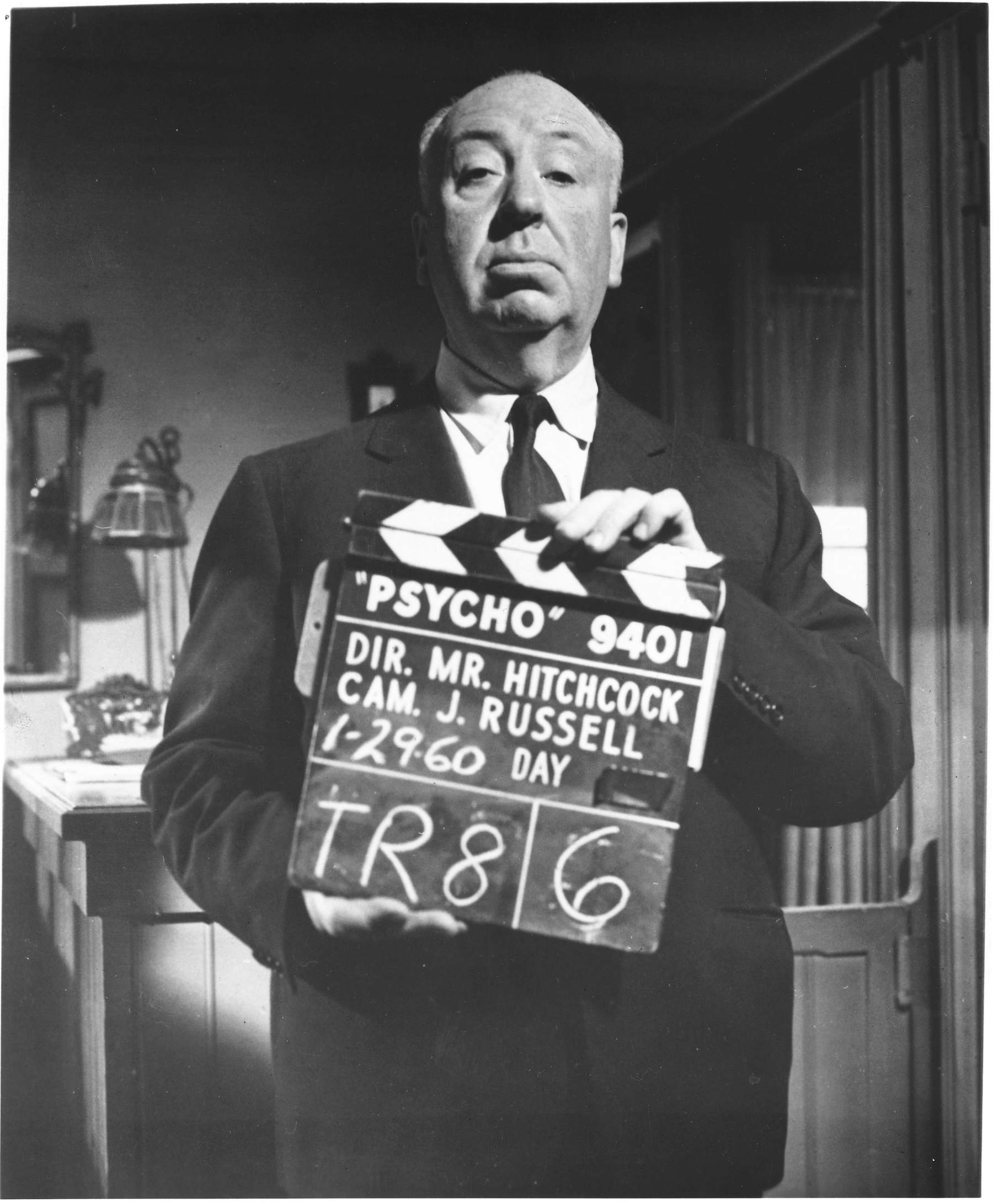Photo exhibition on Alfred Hitchcock and his masterpieces at Genoa's Palazzo Ducale
Photographs taken on the set and special content from the Universal Pictures archives take the audience backstage to Alfred Hitchcock’s major films, letting them discover curious details about the making of the most famous scenes, the use of early special effects, the actors, and the private life of the British director: this is the Alfred Hitchcock in Universal Pictures films exhibition, running at the Palazzo Ducale in Genoa from November 14, 2019 to March 8, 2020.
Celebrated as one of the leading and most influential innovators in film history, Hitchcock is famous for his ingenuity, compelling plots, camera handling, original editing style, and ability to keep tension alive in every single frame.
“Hitchcock, as the critics of the nouvelle vague have said,” says Gianni Canova, curator of the exhibition, “ was one of the greatest creators of form in the entire twentieth century. His films, no matter how many times you see them again, are each time a surprise. Each time they open new perspectives through which to observe the world and look at life.”
Curated by Gianni Canova and produced and organized by ViDi, the exhibition features 70 photographs and special content from the archives of the American Major that take the public backstage to Hitchcock’s major films, uncovering curious details about the making of the most famous scenes, the use of early special effects, the actors and the private life of the British director.
The exhibition route opens precisely with the section devoted to the relationship that linked Hitchcock to Genoa, with photographs and footage from the film The Labyrinth of Passions, accompanied by some recollections of the daring misadventures that accompanied that first official take, and continues by analyzing his major masterpieces, produced by Universal Pictures.
First and foremost is Psyco (1960), one of his most controversial works that managed to break all box office records and sent audiences fleeing theaters in panic. A chance to see behind-the-scenes footage of the metaphysical Motel Bates, learn about Norman’s creepy character, Marion’s dual personality, and the famous shower scene.
One room is devoted to The Birds (1963), a film in which he introduced numerous innovations in sound and special effects; with as many as 370 camera tricks, the film took nearly three years to prepare because of its technical complexity.
The itinerary through the Hitchcockian universe continues with The Backyard Window (1954), with James Stewart playing photojournalist ’Jeff’ Jeffries, who is confined to a wheelchair due to a leg fracture and who, to overcome boredom, spies on the lives of his neighbors from his own apartment, until he becomes convinced that a murder has taken place in an apartment. The film was a great success; released in August 1954, by May 1956 it had grossed $10 million.
And again, The Woman Who Lived Twice (1958), a masterpiece that has become an object of reverence, telling one of cinema’s most distressing love stories, told through an endless number of angles and extraordinary shots in San Francisco’s most famous locations.
The photographic material also casts a glimpse into other famous films such as Saboteurs (1942), The Shadow of Doubt (1943), Knot at the Throat (1948), The Conspiracy of the Innocents (1955), The Man Who Knew Too Much (1956), Marnie (1964), The Torn Curtain (1966), Topaz (1969), Frenzy (1972) and Family Conspiracy (1976).
For all information you can visit the official website of the Ducal Palace.
Pictured: Alfred Hitchcock on the set of “Psycho” while clapping.
 |
| Photo exhibition on Alfred Hitchcock and his masterpieces at Genoa's Palazzo Ducale |
Warning: the translation into English of the original Italian article was created using automatic tools. We undertake to review all articles, but we do not guarantee the total absence of inaccuracies in the translation due to the program. You can find the original by clicking on the ITA button. If you find any mistake,please contact us.





























